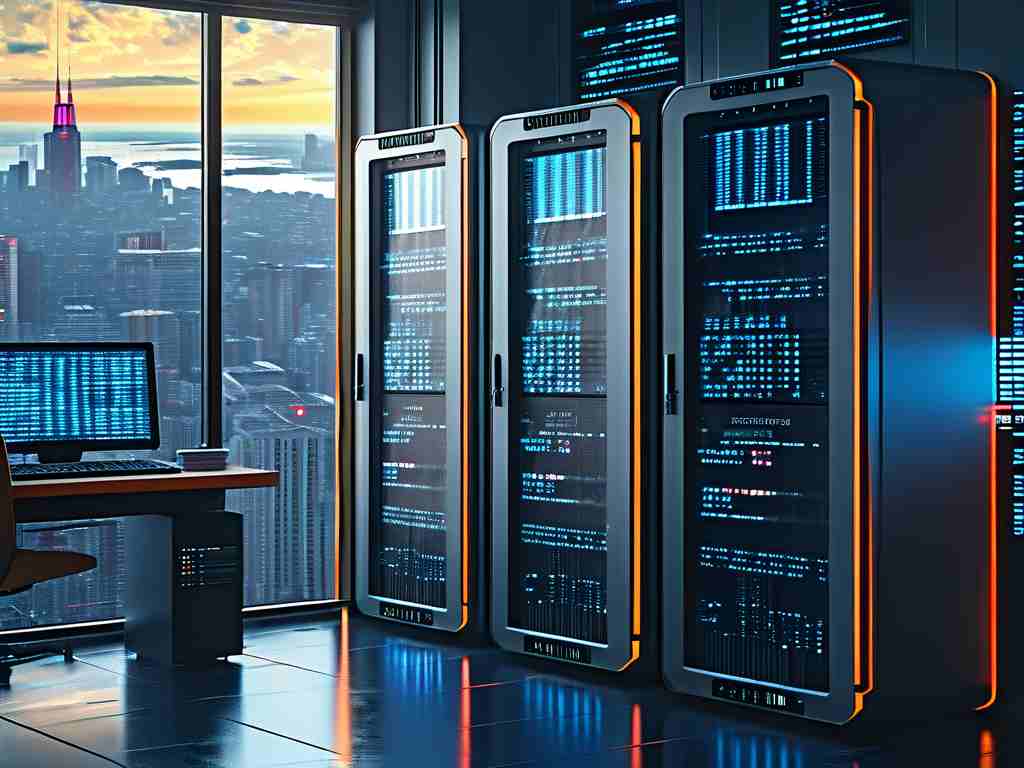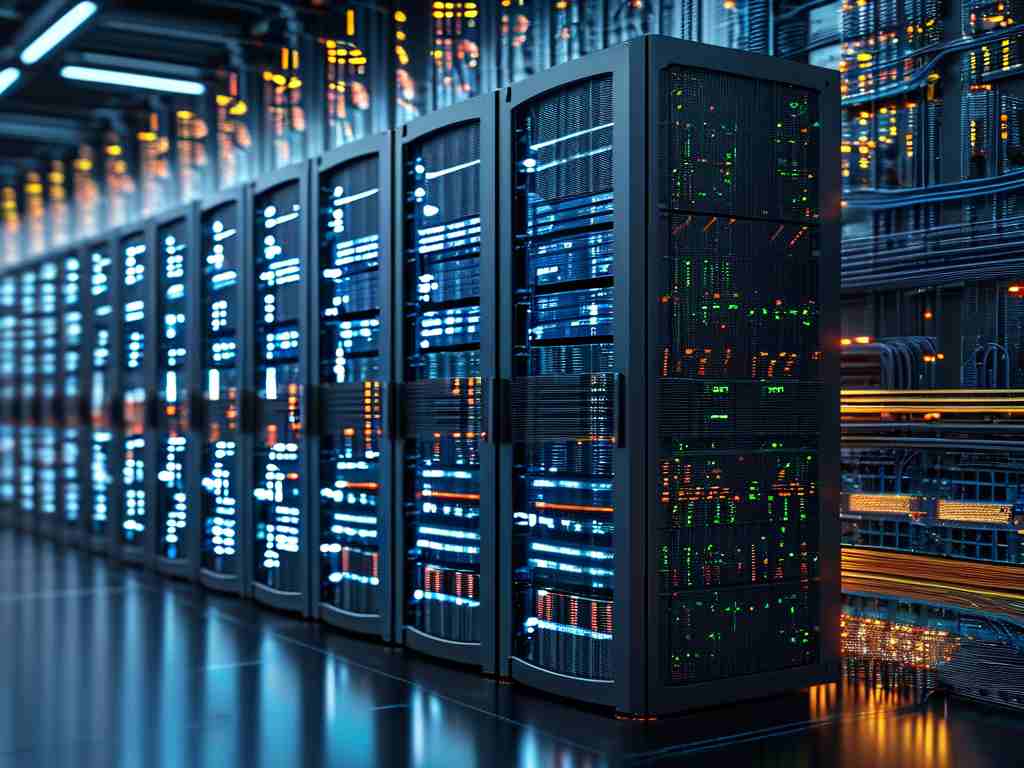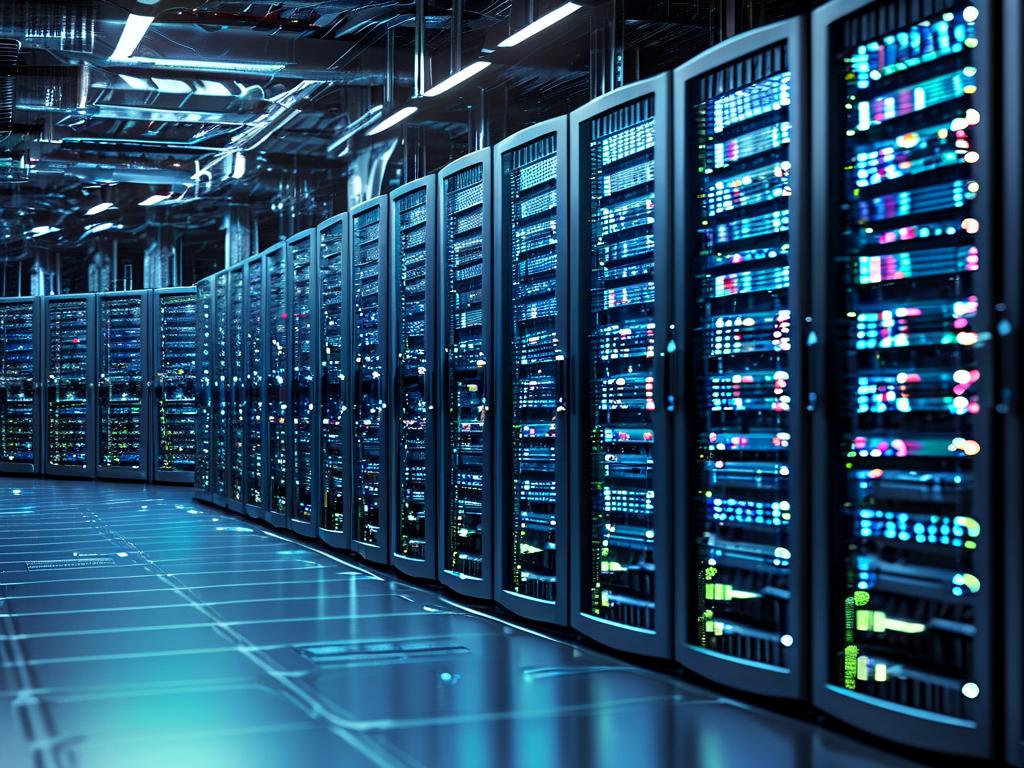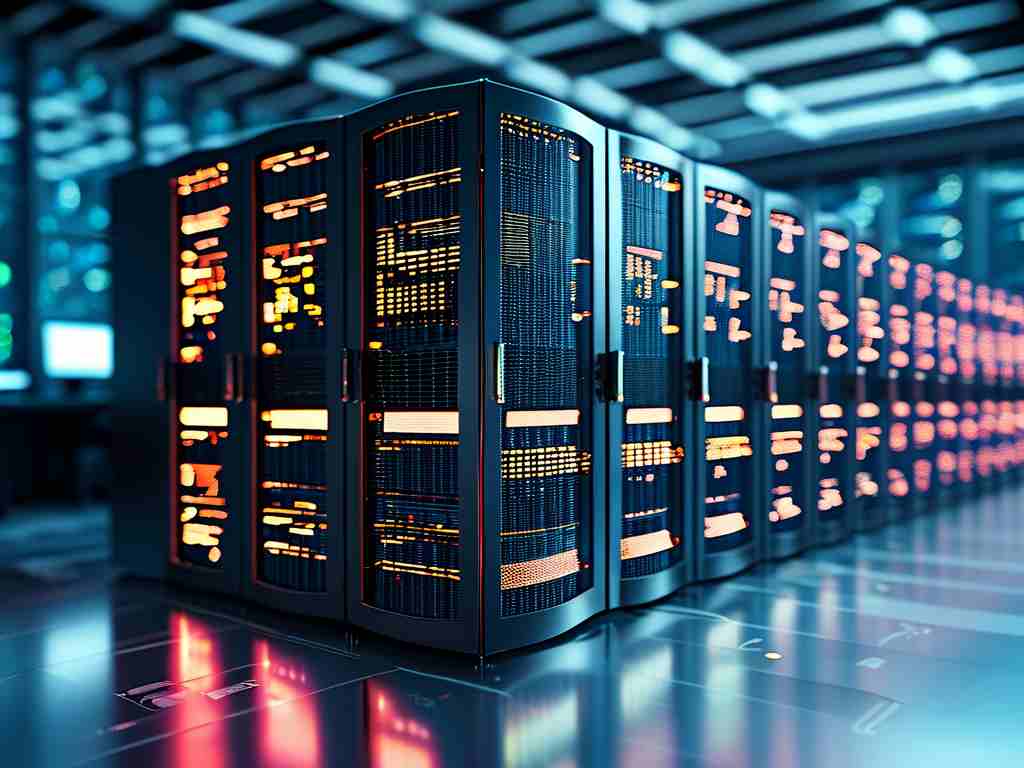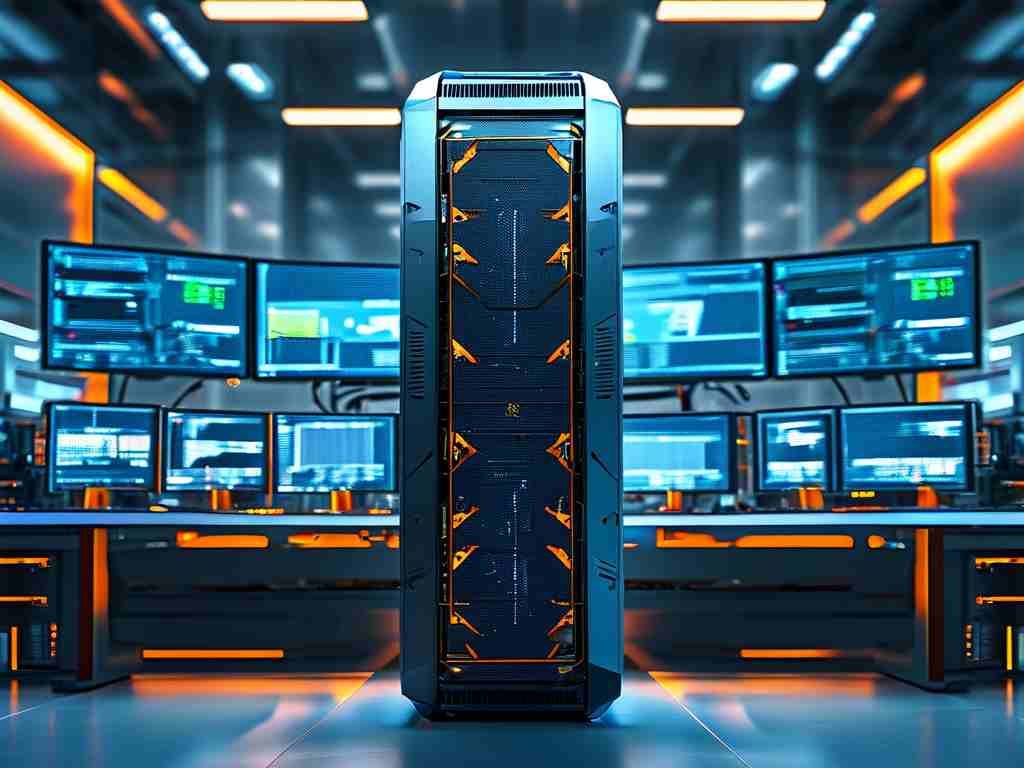The advent of computers equipped with 300TB of memory represents a monumental leap in computational capabilities, transforming how industries handle massive datasets and complex simulations. Unlike traditional systems, this scale of memory enables real-time processing of petabytes of information, opening doors to unprecedented advancements in artificial intelligence, scientific research, and enterprise applications. For instance, in the realm of AI, such computers can train intricate neural networks without constant data swapping, drastically reducing training times from weeks to mere hours. This efficiency stems from the seamless integration of high-bandwidth memory modules and distributed architectures, where each node contributes to a unified, colossal memory pool. However, achieving this feat isn't without hurdles; engineers grapple with thermal management issues, as the sheer density of memory chips generates immense heat, necessitating advanced liquid cooling solutions. Moreover, the exorbitant costs involved—often running into millions of dollars—limit accessibility primarily to research labs and tech giants, yet the return on investment is evident in breakthroughs like drug discovery and climate modeling.
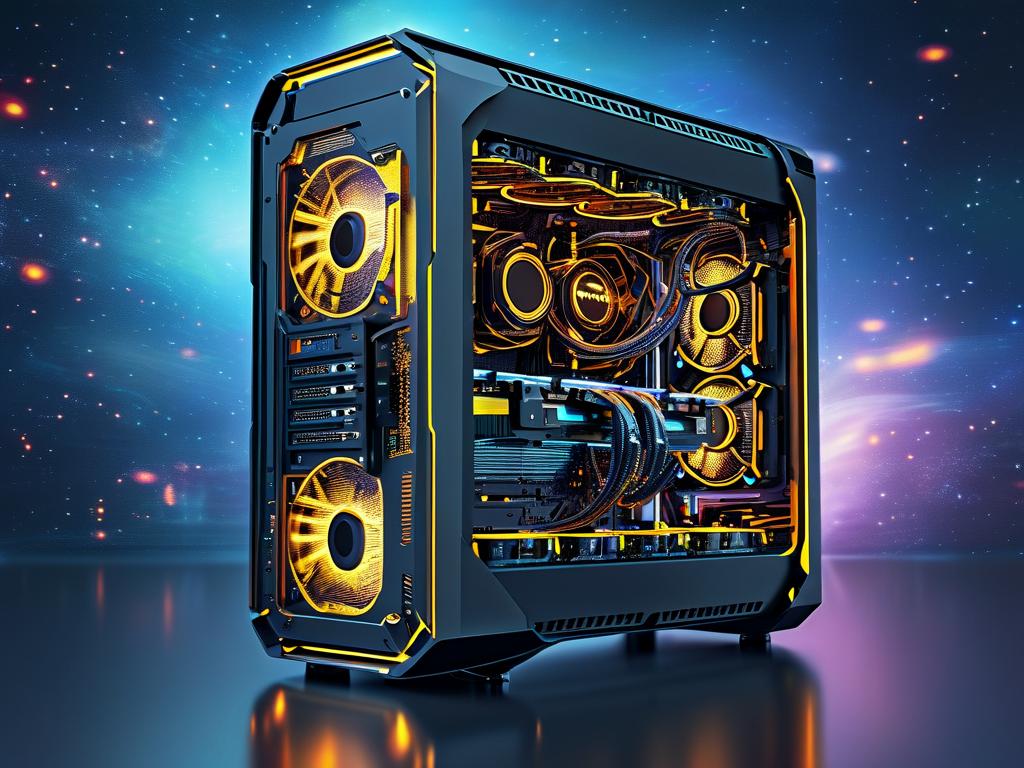
In practical terms, a 300TB memory computer excels in big data analytics, where it processes streams of information from IoT devices or financial markets instantaneously. Consider a code snippet illustrating memory allocation in such systems: allocate_memory(300TB, distributed=True) ensures data is split across multiple servers to prevent bottlenecks. This approach not only enhances reliability but also supports fault tolerance, crucial for mission-critical operations. Beyond technical specs, the societal impact is profound; in healthcare, researchers use these machines to analyze genomic sequences at lightning speed, identifying disease patterns that could lead to personalized medicine. Similarly, in environmental science, simulations of global climate systems run with higher fidelity, predicting extreme weather events more accurately and aiding in disaster preparedness. Yet, challenges persist, including energy consumption—such setups can draw power equivalent to small towns—and the ongoing race to develop sustainable, low-power memory technologies like 3D XPoint or phase-change materials.
Looking ahead, the evolution of 300TB memory computers promises to democratize high-performance computing through cloud-based models, where businesses rent access rather than own the hardware. Innovations in quantum-hybrid systems could further amplify capabilities, merging classical memory with quantum bits for solving intractable problems. As these machines become more mainstream, they'll fuel economic growth, from optimizing supply chains to enhancing cybersecurity defenses. Ultimately, this technology isn't just about raw power; it's about empowering humanity to tackle grand challenges, making the once-impossible now achievable.



